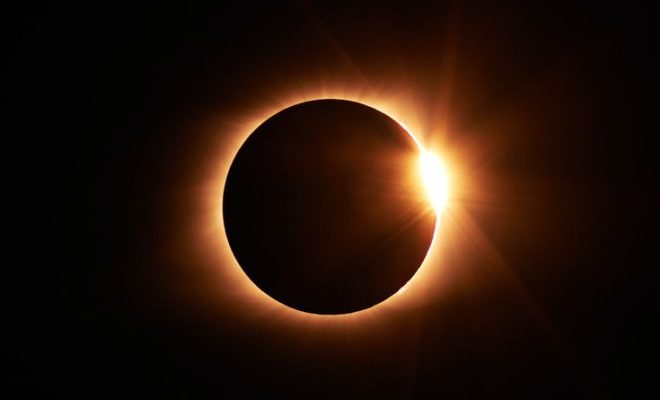Orionid meteor shower peaks this weekend: How to get the best views

The Orionid meteor shower, an annual celestial event, is set to offer a spectacular sky show this weekend as it reaches its peak. Here’s how stargazers can get the best views of this cosmic spectacle.
Stemming from the debris left by Halley’s Comet, the Orionids appear every year around this time when Earth intersects the comet’s orbit. As these fragments enter our atmosphere at high speeds, they burn up, creating streaks of light across the sky – a mesmerizing display for those who look up at the right moment.
To maximize your Orionid experience, here are some tips:
Location: Seek out a dark spot far away from city lights. Light pollution significantly diminishes the visibility of meteors. Nature reserves or national parks often provide ideal viewing conditions.
Timing: The best time to watch is usually after midnight and into the early hours before dawn. This is when the part of Earth you are on turns into the direction of Earth’s orbit around the Sun, causing more meteors to be visible.
Preparation: Allow your eyes about 15 to 30 minutes to adapt to the darkness without looking at your phone or other light sources. This will enhance your night vision and allow you to spot more meteors.
Comfort: Dress warmly and bring a reclining chair or blanket so you can lie back and look at the sky in comfort. Meteor watching can often be a waiting game, so it’s important to be patient and comfortable.
What to Expect: On average, one can expect to see around 10-20 meteors per hour during the peak of Orionids. However, this number can fluctuate due to various factors such as moonlight and atmospheric conditions.
Meteor showers are a reminder of our place in the larger cosmos and provide an accessible way for anyone to engage with astronomy. So if you’re looking for a stunning natural light show, turn your gaze upwards this weekend for the awe-inspiring Orionid meteor shower peak.

